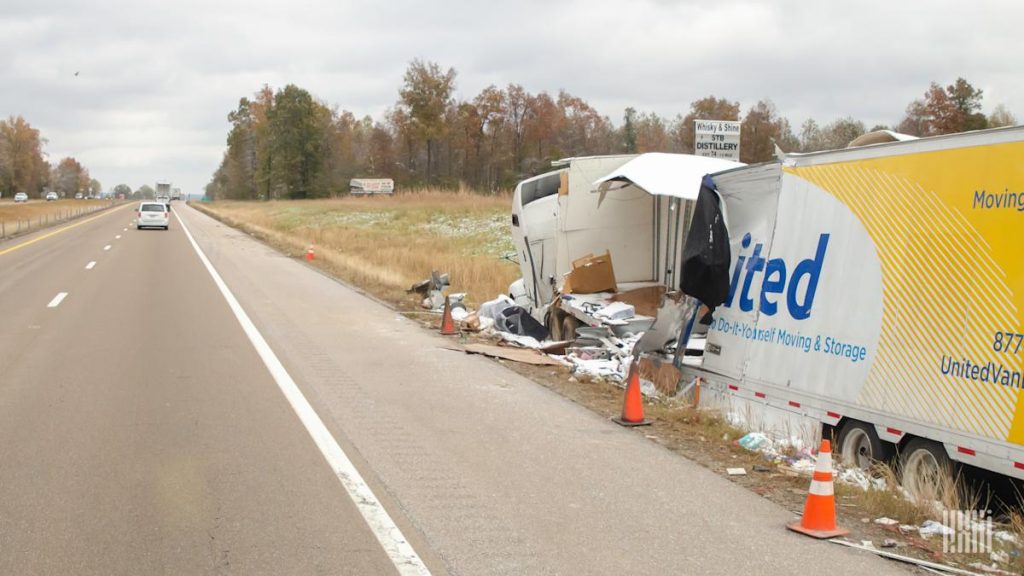
If you have opened a commercial truck insurance renewal this year and felt your stomach drop, you are not alone. Based on reported industry averages from late 2023 and early 2024, most one-truck operations were paying anywhere between $11,000 and $16,000 annually for primary liability and cargo coverage, depending on freight type and operating region. With modest increases expected through 2025, especially for new authorities and small fleets, many small carriers are now budgeting between $12,000 and $17,000 per truck or more depending on market. Early 2025 industry commentary points to continued upward pressure from repair costs, nuclear verdicts, and claims activity.
In short — the insurance market is tightening, and cutting corners is not the solution.
But building a smart, prepared strategy absolutely is.
In a recent episode of The Long Haul podcast, I sat down with Jessica Howington from United Commercial Insurance to unpack the real playbook for cutting insurance costs the right way.
If you are serious about protecting your business and keeping more money in your pocket this year, what we covered is not just important—it is essential.
Insurance pricing is not random.Underwriters evaluate risk based on cold, hard factors. When you understand what they are measuring, you can take control of the narrative.
The biggest underwriting factors for small carriers include:
-
Years in business under your DOT number
-
Driver MVRs (Motor Vehicle Records)
-
Out-of-Service (OOS) percentages from inspections
-
Cargo type and radius
-
ELD data and safety scores
-
Equipment age and maintenance records
If you do not know what your SMS (Safety Measurement System) scores look like right now, that is the first place to start.
Jessica emphasized it best on the podcast—underwriters are not just looking at you once a year anymore. They are watching your operation throughout the year.
One of the fastest ways to blow up your renewal price is sloppy driver qualification files.
Before you even request a renewal quote:
-
Pull a fresh MVR for yourself and any drivers
-
Conduct a mini audit of your DQ (Driver Qualification) files
-
Document medical cards, previous employment verification, and drug/alcohol testing compliance
Underwriters assume disorganization equals risk. Show them you run a tight ship and watch your risk class (and premium) improve.
Step Three – Be Strategic About Equipment
Newer trucks with modern safety equipment are almost always cheaper to insure. But even if you are running a 2016 or 2017 model, you can improve your position.